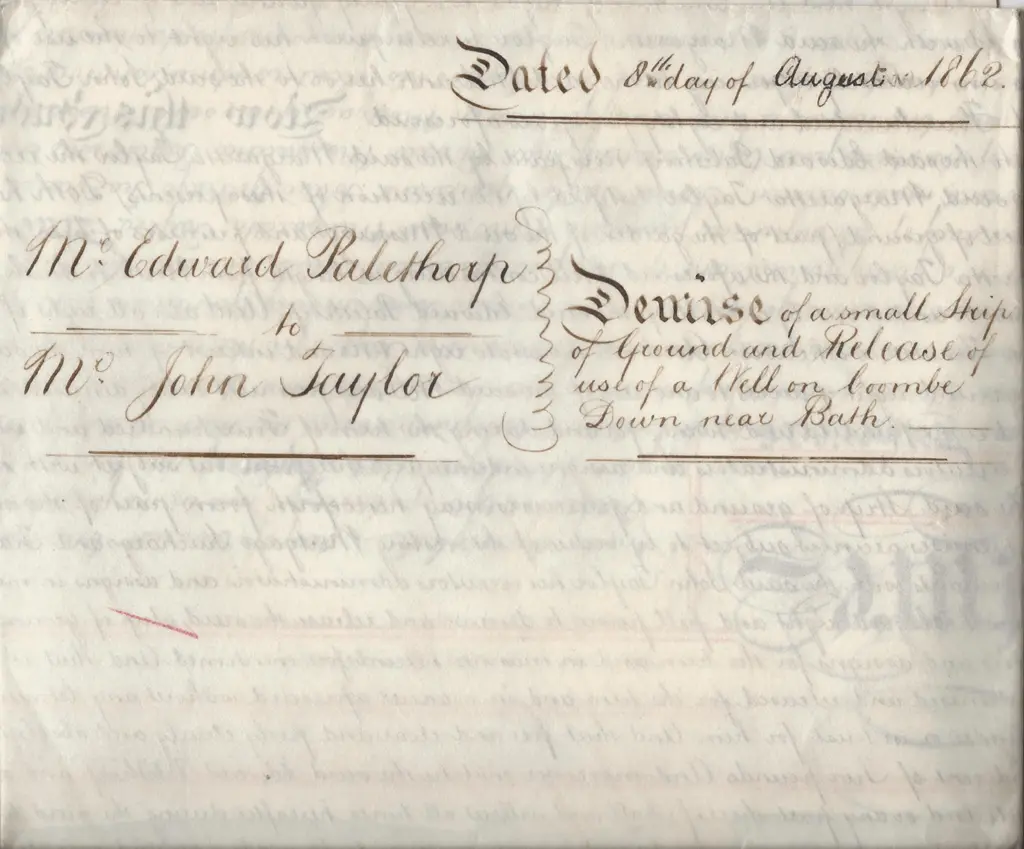In December 2015 I added Family Trees on Prior to Now and I have now added more family trees.
The first ones were of the gentry who owned the large houses in the area – Prior Park, Combe Grove, Midford Castle and the other early movers in the development of Combe Down.
This batch are for the Owners of 109, 113, 115 & 117 Church Road, Combe Down before 1850 or, at least, those that I can identify with some level of certainty and then find some of the details of their families.

Those concerned, where I have been able to establish something of their family tree, are:
- Atherton, Gabriel families
- Cruttwell family
- Dyer family
- Falkner family
- Heal, Standerwick families
- Jupe family
- Langford family
- Lidiard family
- Mowat family
- Ponting family
The Owners of 109, 113, 115 & 117 Church Road, Combe Down before 1850 were the mortgagees but they were, in reality, nominal owners as long as the mortgage interest was paid.
In the 19th century there were no building societies as we know them today. Property was still a good and secure investment, even though possession of land and its economic and political importance was diminishing as trade became more important. Like today, however, buying a house outright was beyond the means of most people. Mortgages were arranged privately and a mortgage was, primarily, a way of raising money (for the mortgagor or debtor) and investing money at interest (for the mortgagee).
Even so, one might assume that the balance of power was weighted heavily in favour of the mortgagee, especially when looking at the wording of deeds for mortgages and property. These show that mortgagors gave ownership of land to the mortgagee until he repaid a debt the owed by a certain time. If he repaid the debt the mortgagee would re-convey the land to the mortgagor. If the mortgagor failed to repay the debt by the time that was specified in the mortgage, the land became the mortgagee’s.
However from the 16th century onwards the English equity courts intervened on the side of the mortgagor. Equity gave the mortgagor a right to redeem the land by paying the amount that was owing, even after he had defaulted on the debt, so long as he did so within a “reasonable time.” In order to clear their title to the land after the mortgagor had defaulted, mortgagees brought actions in equity to foreclose the mortgagor’s “equity of redemption.” In a foreclosure, equity gave the mortgagor a right to the proceeds of the sale of the land to the extent that the sale realized more than the outstanding amount of the debt. Legislation in the 19th century extended the mortgagor’s right to redeem to a fixed period after the mortgagee had foreclosed.
So, whilst the Owners of 109, 113, 115 & 117 Church Road, Combe Down before 1850 were indeed the owners they were not landlords. If they ‘wanted out’, then they would assign their interest in a mortgage to another person, who would pay him the money he was owed. Now the mortgagor had a new person to deal with, to pay interest to every year, and eventually, to repay the capital sum. This can be seen in the deeds.
